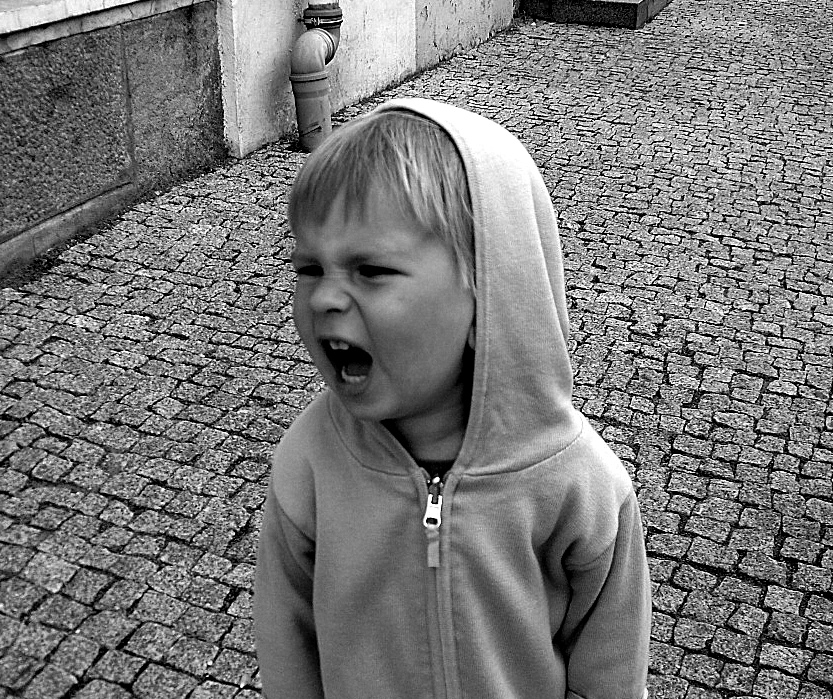
We as parents are so used to hearing our children screech out in excitement or cry out in frustration that we tend to forget that this type of vocal abuse can cause our children to have voice disorders.
What is a Voice Disorder?
A voice disorder is defined as an abnormality in at least one of the following: vocal quality (resonance, e.g. nasal or hyponasal), vocal pitch, and vocal intensity (volume level).
What causes a voice disorder?
A voice disorder can be caused by a number of things:
- Vocal abuse over a period of time which caused growths on one's vocal cords (known as vocal nodules or polyps).
- Vocal cord (also called vocal fold) movement difficulties due to
- vocal fold paralysis,
- spasmodic dysphonia (when vocal cord movement is tight, jerky, and there are vocal cord spasms with periods of aphonia-lack of voicing),
- paradoxical vocal fold movement (when vocal cords close when they should be open).
- Most child voice disorders are caused by vocal abuse so let's explore that further.
Vocal Abuse can be caused by numerous behaviors. Here are some more common causes:
- Excessive Screaming
- Excessive Yelling/Shouting
- Excessive Crying
- Cheering (at sports events)
- Singing
- Chronic use of a higher pitch than typical
- Chronic use of louder volume than typical
- Chronic coughing due to colds
- Chronic post-nasal drip due to allergies
- Chronic medical illnesses that affect the throat area (ex. laryngitis, strep throat, etc.)
- Inadequate breath support (not using diaphragmatic breathing)
- rough/hoarse voice
- breathy voice
- scratchy voice
- harshness in vocal quality
- decreased pitch and volume range
- difficulty sustaining voice and difficulty singing
- moments of aphonia (i.e. unable to achieve voice)
- Discuss your concerns with your pediatrician and contact an ENT (Ear, Nose and Throat doctor) or Otolaryngologist to determine if there is a medical reason for your child's vocal disturbances (structural damage vs. vocal cord movement problems)
- Then contact a Speech-Language Pathologist so your child can participate in voice therapy. **Keep in mind speech therapy will be MOST effective when the SLP knows the underlying cause (i.e. structural damage or other medical issues) and how your child's vocal cords are moving. This can only be determined by the ENT/Otolaryngologist evaluation.**
Voice therapy consists of teaching your child the optimal ways of using their vocal quality (resonance), pitch and intensity (volume). It focuses on reducing abusive behaviors, while improving healthy vocal cord behaviors (e.g. proper hydration, use of proper breath support, etc.). Voice therapy has been found to be very effective in reducing voice disorders and improving vocal quality.
For further information on Voice Disorders go to American-Speech-Hearing and Language Association website.
If you are concerned about your child's voice, don't hesitate to contact a local Speech-Language Pathologist for a consultation.
Happy Talking!


No comments:
Post a Comment